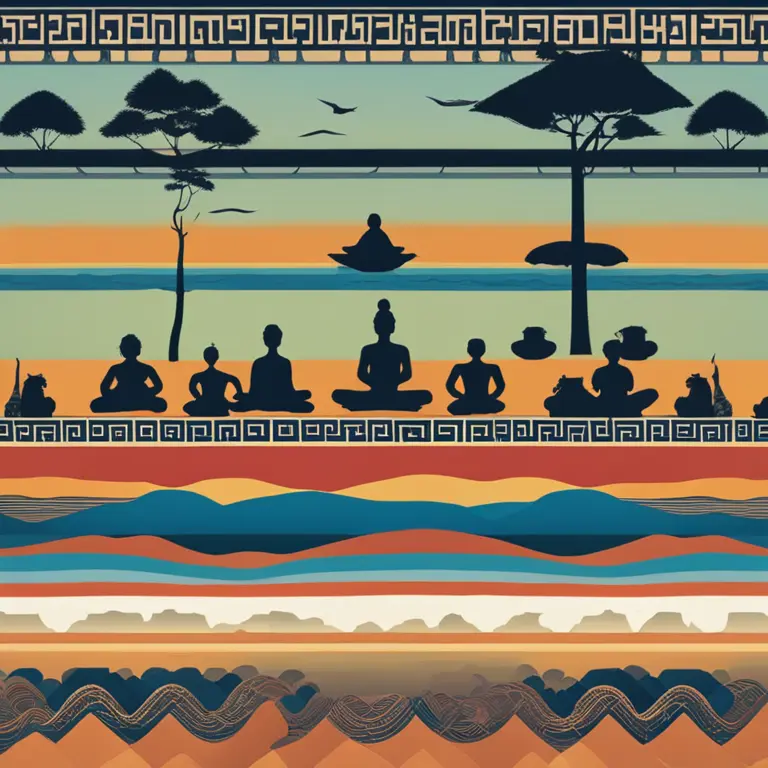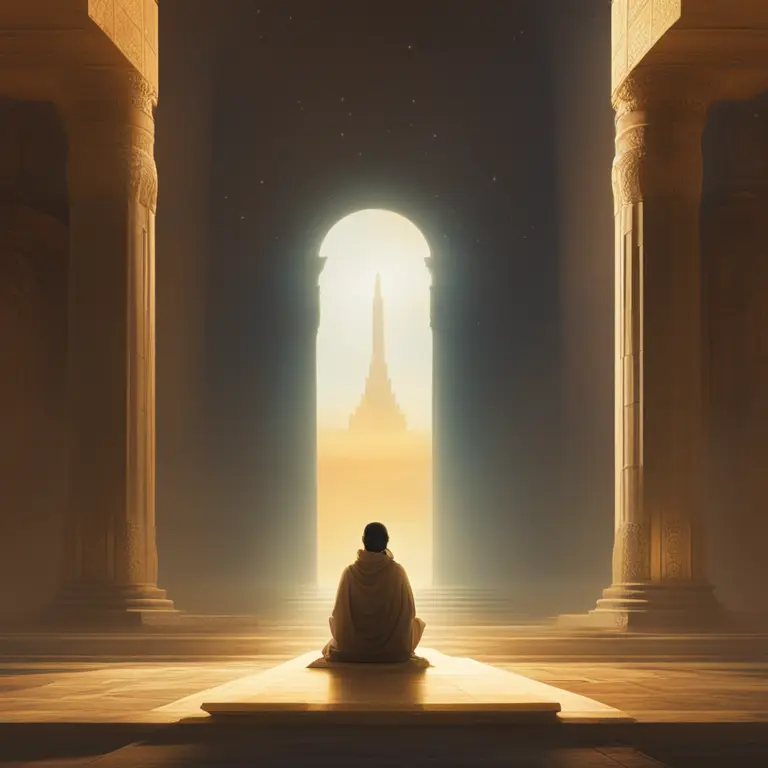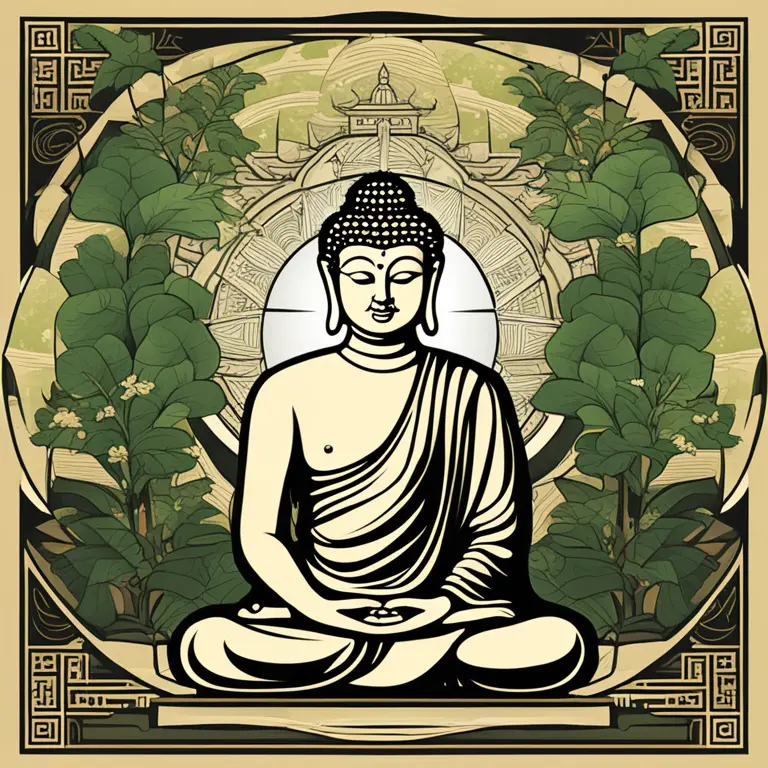
The Origins of Meditation: Tracing Its Roots
Delve into the ancient beginnings of meditation, examining its spiritual evolution and cross-cultural adoption throughout history.
article by Hina Kurosawa
The Dawn of Meditation: Ancient Beginnings
Meditation, as a practice, is as ancient as the human quest for serenity and insight. Its roots penetrate the soils of various antiquated civilizations. Earliest records suggest that the practice might have originated in the Indian subcontinent around 5,000 to 3,500 BCE. Artifacts from this time show figures in meditative-like postures, hinting at a recognition of its significance even in humanity's nascent spiritual endeavors. Indeed, meditation is deeply woven into the fabric of many Indian spiritual traditions, including Hinduism and Buddhism, which have curated and refined a myriad of techniques over millennia. Its progression portrays a narrative of serene wisdom, passed down through generations like a silent whisper guiding seekers towards inner peace.

The Buddhist Influence
Perhaps no other figure is more instrumental in shaping the form of meditation known today than Siddhartha Gautama, the Buddha. In the 6th century BCE, he achieved enlightenment after prolonged meditation under the Bodhi tree. His teachings laid out a path known as Dhyana, which became Zen in Japan, that offered a systematic approach to meditation aimed at liberating the mind from suffering. Buddhist monks and nuns became carriers of these practices, journeying beyond India, to China, Japan, and eventually the Western world. Buddhism's spread brought with it the meditative practices that are familiar in various forms today, finding not just a place within spirituality but as a method for promoting mental and physical wellness.

Taoism and Confucianism
Concurrently, China was birthing its own meditation traditions within Taoism and Confucianism. Laozi, the father of Taoism, incorporated practices of stillness and emptiness to cultivate life force or 'Qi'. The Taoist conception of focusing on breath and energy flow diffracted through Chinese culture, influencing its martial arts and healing systems. Confucianism also embraced contemplative practices, albeit with a focus on moral and philosophical rumination. These Chinese traditions underscore a cultural synthesis, where the practice of meditation was not a solitary pursuit but a cornerstone in a broader philosophy of balance and harmony within the cosmos.

The Spread to the West
Meditation’s voyage to the Western consciousness began in earnest with the transcendentalist movement of the 19th century, with figures like Thoreau and Emerson advocating for quiet reflection. Theosophical interests and the counterculture of the 1960s further amplified Eastern philosophies, including meditation. By the late 20th century, the scientific community started recognizing its potential healing powers, giving rise to a surge of interest in mindfulness and other meditation-based interventions. As neuroimaging and physiological tracing evolved, empirical evidence began to substantiate claims of meditation's mental health benefits, such as stress reduction and increased cognitive flexibility.

Meditation Today and Beyond
Now, as we move through the 2020s, meditation is an integral part of global wellness culture, embraced by various factions from corporate employees to educational institutions. Its adaptation and secularization—for example, in the forms of 'Mindfulness-Based Stress Reduction' (MBSR)—demonstrate its versatility across cultural and religious spectrums. The digital age has transformed meditation with apps and online courses democratizing access. Far from its esoteric origins, meditation today is as much a tool for the busy modern life as it was a spiritual pursuit for ascetics of the past. Its future promises even greater integration with health and lifestyle, solidifying its role as a timeless bastion for inner harmony.
Published: 1/14/2024
Modified: 1/15/2024
More predictions
Come back here soon to learn more about yourself and your future


Calming the Storm: Mindfulness Meditation for Anger
Discover how mindfulness meditation can be a powerful tool for anger management, promoting inner peace and emotional balance.


Easing Loneliness with Mindfulness Meditation
Explore how mindfulness meditation can provide solace and connection to alleviate the feelings of loneliness.


Harmonizing Life with Meditation Mantras
Delve into the transformative power of meditation mantras to align mind, body, and spirit for a harmonious existence.